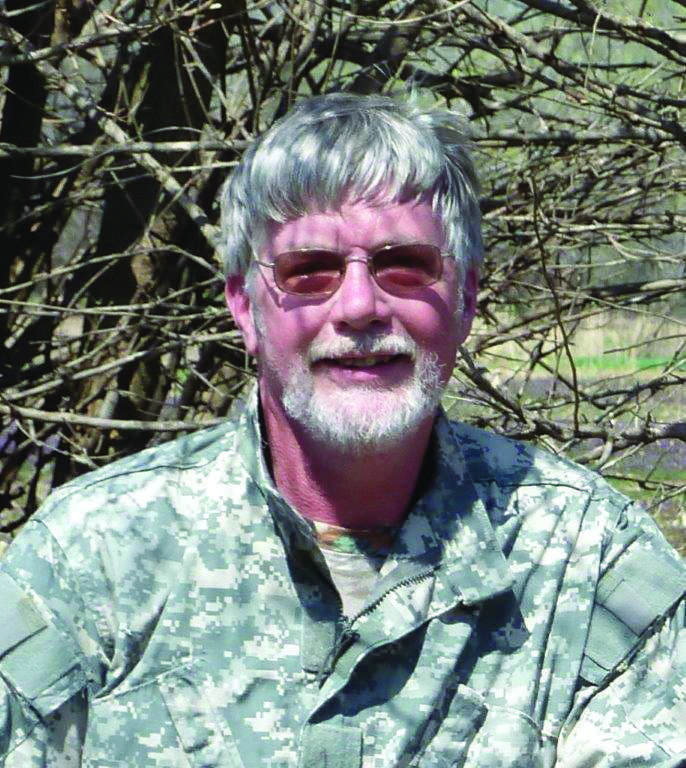OK, I began this adventure through COVID 19 land as a member of the “just how far will we go to protect
ourselves from ourselves” club, thinking we were taking this whole thing to the extreme. But just as I
was softening my stance and beginning to see the need for the whole social distancing thing, and for
cancelling events that draw crowds of people, I heard that Buzzard Sunday scheduled for two weeks ago
on March 15 at Hinkley, Ohio, where hundreds, perhaps thousands gather to watch the arrival of the
turkey vultures there, was cancelled. This is the last straw! Does anyone else see the irony of a virus
cancelling an event meant to celebrate the arrival of a bird that can eat diseased meat like we eat
chocolate cake?
A legend dating back to the turn of the century has it that the famous “Buzzards of Hinckley Ridge”
arrive in the town of Hinckley Ohio every March 15 th like clockwork. In the northeast corner of Medina
County, just south of Cleveland are a series of cliffs and caverns known locally as old Whipp’s Ledges
that are a popular roosting and nesting area for turkey vultures. So popular was the legend that in 1957
the first Sunday after March 15 th was dubbed Buzzard Sunday and a festival was planned around the
event that still takes place today.
Along with the legend of the vulture’s timed arrival is the story of how that came to be. The story says
that when that area was first settled, farmers began losing livestock left-and-right to bears and wolves
that were native to the area. Finally, the farmers had enough and one fall, a huge mass hunt was
organized resembling the coyote drives once popular here in Kansas where hundreds of hunters form a
circle surrounding an entire section or township and slowly walk toward each other, tightening the
circle. As the circle tightened, wolves, bears, deer and most wildlife in the area were driven toward the
center of the circle, where they were shot. The story goes on to say that after everything was skinned
and butchered and all useable meat and hides were taken, the dozens or perhaps hundreds of resulting
carcasses were left there for the winter. In the spring, returning turkey vultures were drawn to the scent
and sight of the thawing carcasses, and once there to feed, the numerous natural nesting sites among
the cliffs and caverns kept them there for the summer and to this day keep them coming back each year.
Vultures are migratory, heading for Central and South America each fall and returning to our area from
mid-March to early April, depending on the weather; we began seeing a few this past week here in
McPherson, County. Favorite roosting places for turkey vultures are the old water towers that some
small towns still have. In McPherson, KS a spring or summer evening will often find many roosting on the
handrail of the old water tower. In Marion, KS a couple hundred routinely spend days soaring over the
town and roosting on the water tower hand rail at night.
Turkey vultures are amazing birds, the main employees of God’s cleanup crew that can in fact eat
diseased meat without any ill effects. I often wonder what it would be like to glide and soar above the
earth like they can. Everyone likes a good legend, and who knows what about Hinckley’s past that drew
the buzzards there in the first place is true, and how much is just legend. One thing for sure is that
vultures do arrive in Hinckley Ohio like clockwork every March 15, which this year also happened to be
Buzzard Sunday. As an ex-Buckeye myself, I hope to take Joyce there some year to enjoy the spectacle,
even if it means Enjoying Kansas Outdoors from afar.
Steve can be contacted by email at [email protected].




